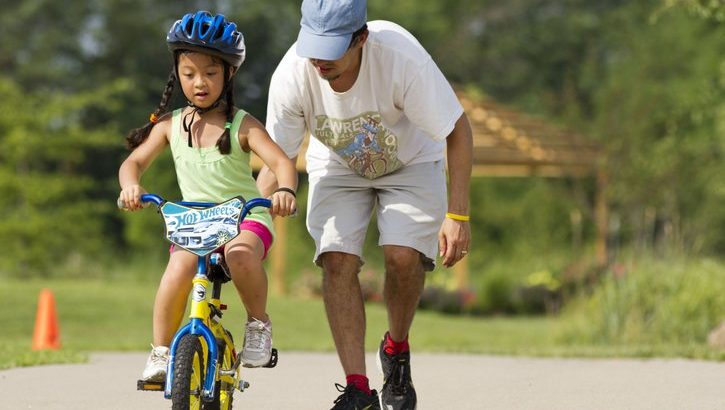What Does Dyspraxia Look Like?
Dyspraxia comes from “praxis,” a Greek word describing the learned ability to plan and to carry out coordinated movements. Add “dys,” the Greek prefix meaning “bad,” and you get dyspraxia. It literally means bad sequential coordination. Dyspraxia looks like clumsiness, klutziness, and failure to think ahead.
Recognizing Dyspraxia in Children
A child who has trouble learning skills such as eating with a spoon, speaking clearly, doing up buttons, riding on a bike, walking without bumping walls or people, or handwriting may be dyspraxic. These activities require skilled movements, which are voluntary and must be learned in sequence. Developmental dyspraxia occurs in children and adults with no neurological disease.
Individual Tutoring Can Help Children with Dyspraxia
Dyspraxic children often develop a strong dislike for school! Parents say, “He’s so slow I have to do things for him or we’d never go anywhere.” Teachers say, “She turns in the messiest papers I’ve ever seen, when she remembers to turn them in at all.” Children say, “Everyone is always mad at me, but I don’t know why.” Wise tutors help the child understand why they have trouble with certain tasks, how to improve, and how to use their strengths to compensate for challenges. Assure the student that nothing is wrong with them; they are just still growing! Children with dyspraxia need to have time and space to develop without being constantly compared to their age peers.
Activities that Improve Dyspraxia
The following activities, gleaned from Attention, Balance and Coordination: The A.B.C. of Learning Success, highlight the kinds of activities that help a student overcome dyspraxia. They work best if performed for 5-10 minutes twice a day. These make great movement breaks at school or home.
1. Walk the clock (draw a large clock face on the ground and play a game of walking to the time that is called out)
2. Hop scotch with days or months in the squares
3. Play games involving guessing when 10 sec., 20 sec., or 1 minute is over; for example, try to juggle for exactly 20 seconds
4. Memorization (poems, multiplication tables, phone number) should be done while student is moving—balancing on a ball, doing cross knee touches, juggling, jumping rope, etc.
5. Teach student some simple cross-over exercises such as juggling, cross-knee marching, or crawling which they can do at home and between classes.
Parents and Tutors Should Watch For These Signs
Children above age 8 who display the following cluster of symptoms are especially in need of the exercises described above.
1. Motion sickness (nausea from riding in a car or playing on a merry-go-round)
2. Difficulty learning to ride a bike, swim, tell time
3. Poor eye-hand coordination
4. Reading difficulties
5. Writing difficulties (including trouble going from print to script)
6. Mixed laterality (seems to not have a hand preference, or is ambidextrous)
7. Restlessness beyond the normal expectation for children
8. Speech and articulation difficulties
by Yvonna Graham, M.Ed.
www.dyslexiakit.net
@GrahamYvonna
